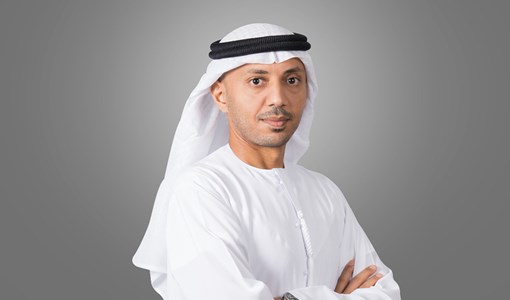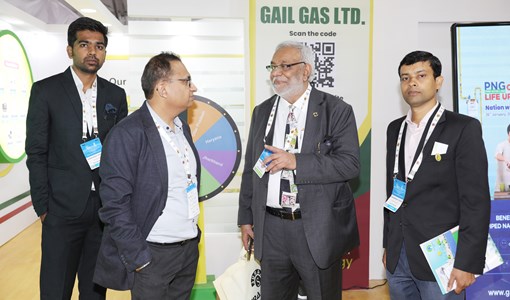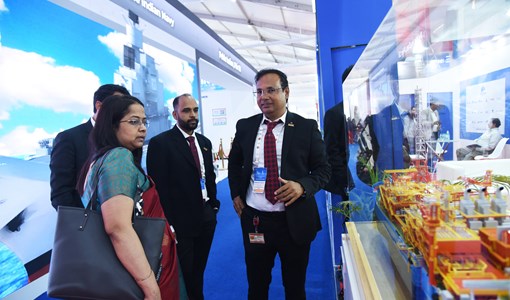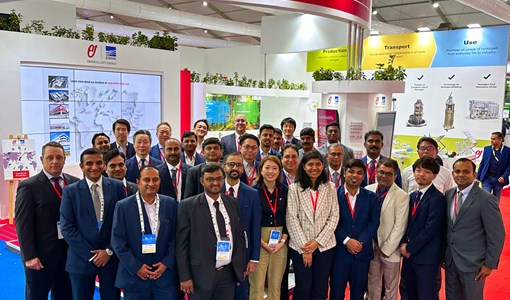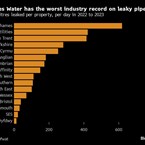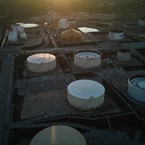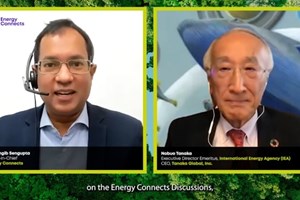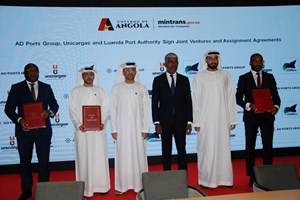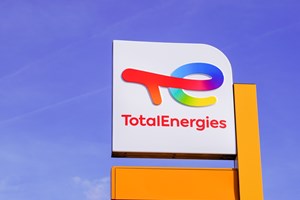Maximising value from digital twin in asset management
By: Bjorn Ewers, managing director & partner at Boston Consulting Group (BCG) & Jean-Christophe Bernardini, partner & associate director at Boston Consulting Group (BCG)
How can digital twin technology create and capture more value in asset management?
Digital twin technology enables companies to optimise operating processes, improve capital investment in a virtual world before applying them in the real one, and create and capture more value by enhancing the effectiveness of an array of value drivers including capital expenditure reduction, time-to-first-oil acceleration, recovery rate increase, production acceleration, operating expense reduction, and health, safety, and environmental improvement.
The digital twin platform has, in one recent example, led to a significant reduction in manhours and maintenance. Longer-term projections show a 30 per cent reduction in maintenance work, a 70 per cent reduction in shutdowns, and a 40 per cent increase in pump availability.
Where do you see gaps where this technology can be used for better integration of the value chain?
Despite oil and gas companies creating digital twins more frequently, many are still failing in their efforts to capture and benefit from the potential value due to multiple reasons. For starters, they prioritise use cases for digital twins based on what the technology can do, rather than what generates the most value. Moreover, they do not structure sufficient buy-in and commitment from the end-users in their business and underestimate the extent of the changes to the ways people work that are necessary to realise value. There is no one correct approach for all companies with regard to implementing digital twin technology. Still, our experience demonstrates that sustainable companies steer clear of the aforementioned traits by implementing several essential steps while continually emphasising the importance of value.
What is driving the disruptive value creation from digital technologies?
Disruptive value creation from digital technologies continues to be driven by
two essential aspects. Firstly, oil and gas organisations are striving to become more competitive by devising business models based on innovation, with operators launching integrated or isolated operations centres and suppliers offering a higher percentage of production optimisation or maintenance as an outsourced service. The second key factor is organisations are benefiting from digital twin technology. They are in a position to make intelligent, decisive decisions as a result of replicating traditional processes or physical equipment through digital twins in a virtual environment. Ultimately, each digital twin of an asset or plant become more influential as a company’s digital twin use portfolio develops.
How can companies maximise the potential value capture from digital twins?
To start with, oil and gas companies would benefit from considering the following:
- Have a deep understanding of the business challenges and also opportunities where digital twins can deliver value. The analysis should consider end-to-end vital operational processes
- Identify and choose the right fit for purpose in digital solutions based on the target operating philosophy and business opportunities identified
- Implement a data-driven strategy and governance model, aligned with the prioritised use-cases identified and supported by a comprehensive IT architecture approach
- Adopt an operating philosophy and models to change how processes are operated, and again supported by change management program which drives the case for change
Through these four starting points, oil and gas companies can maximise the potential value capture from digital twins by gradually building a flexible IT and data infrastructure in line with evolving IT requirements, plan how to introduce a proven technology solution across an asset portfolio as effectively as possible, and evaluate how to utilise the resources available to them best to develop upcoming projects. This may entail adding functionality to existing use cases or starting new ones, and adequately preparing and devising the implementation sequence by analysing how to deliver the most value and which assets have similar work processes, stakeholders, and technology requirements are essential.
Identifying the human resources required for each asset and integrating them early so they can learn from minimum viable product development will ensure continuity between development and scaling teams. As organisations progress from scaling to daily operations, they should also ensure that the operating model and capabilities are in place to manage and maintain the digital twin as real-world conditions change.
Organisations are compelled to establish and track KPIs to monitor value creation, while sustainable governance mechanisms should be adopted to facilitate continuous development of successful digital twins and termination of ones that are not performing to expected levels. Furthermore, promoting success stories will also contribute to building momentum and support funding future digital twins.
What are the essential steps to succeed in developing digital twins?
To successfully develop high-value digital twins, there are several essential steps that companies are highly recommended to follow.
- Identify a limited number of high-value use cases – assess value and feasibility before prioritising, concentrate on the most viable, and redirect resources from programs that are not meeting expectations to those more likely to succeed
- Develop a proof of concept and agile approach– establish the value potential, devise a simple mockup in a sandbox testing environment, and rectify any technical issues with a detailed strategy to capture value
- Creating a product team – having a team with a product owner from the business, with the capacity to take decisive and fast decisions
- Build a minimum viable product – create an end-to-end solution using existing data, verify value to end-users during all stages, and anticipate obstacles involved in managing change
- Build and create a robust change management program from launch day
- Scale-up – unveil a digital twin based on asset and value similarities, expand it by adding functionality and work with asset entities to ensure prompt adoption Monitor and capture value – closely track value creation, ensure measures are taken for the development team to receive feedback, highlight accomplishments, and cancel programs that do not provide value
What are the main digital twin data challenges and how can these be resolved?
Data ingestion and governance can present digital twin data challenges, with legacy assets, engineering, and 3D data frequently having to be recreated from the beginning. For oil and gas companies, it’s important to prioritise essential data over available data to contain the amount of eff ort involved when scenarios such as these occur. New technologies such as laser scanning, drones, and point cloud solutions in geo referencing are all viable options as they can save companies time and reduce costs that occurred from data ingestion.
The main challenge for greenfield assets is embedding digital requirements in the process of engineering, procurement, and construction. Doing so will enable the exchange of information with structured data and metadata instead of unstructured data, and it is essential to have transparent governance and ownership regimes to guarantee that data is sufficiently maintained and updated.
Upstream oil and gas companies must develop or acquire new capabilities for digital twin solutions to be effective, with traditional IT departments often discovering areas for improvement in software development, cybersecurity, data science, user interface design, and test management. Developing capabilities internally, relying on external suppliers, and choosing off -the-shelf solutions are all possibilities, and the decision should be made after establishing strategic importance in relation to controlling such capabilities.
To achieve sustainability and success, every company should develop a flexible IT and data structure as part of a long-term vision, pursue a modular approach, establish clear architectural principles, and gradually build the infrastructure while identifying and applying solutions to challenges from concrete digital twin use cases.
KEEPING THE ENERGY INDUSTRY CONNECTED
Subscribe to our newsletter and get the best of Energy Connects directly to your inbox each week.
By subscribing, you agree to the processing of your personal data by dmg events as described in the Privacy Policy.

Chevron helping drive Egypt’s journey to become Africa’s energy powerhouse
Mar 11, 2024
Energy Workforce helps bridge the gender gap in the industry
Mar 08, 2024
EGYPES Climatech champion on a mission to combat climate change
Mar 04, 2024
Fertiglobe’s sustainability journey
Feb 29, 2024
P&O Maritime Logistics pushing for greater decarbonisation
Feb 27, 2024
India’s energy sector presents lucrative opportunities for global companies
Jan 31, 2024
Oil India charts the course to ambitious energy growth
Jan 25, 2024
Maritime sector is stepping up to the challenges of decarbonisation
Jan 08, 2024
COP28: turning transition challenges into clean energy opportunities
Dec 08, 2023
Why 2030 is a pivotal year in the race to net zero
Oct 26, 2023Partner content

Ebara Elliott Energy offers a range of products for a sustainable energy economy

Essar outlines how its CBM contribution is bolstering for India’s energy landscape

Positioning petrochemicals market in the emerging circular economy

Navigating markets and creating significant regional opportunities with Spectrum




